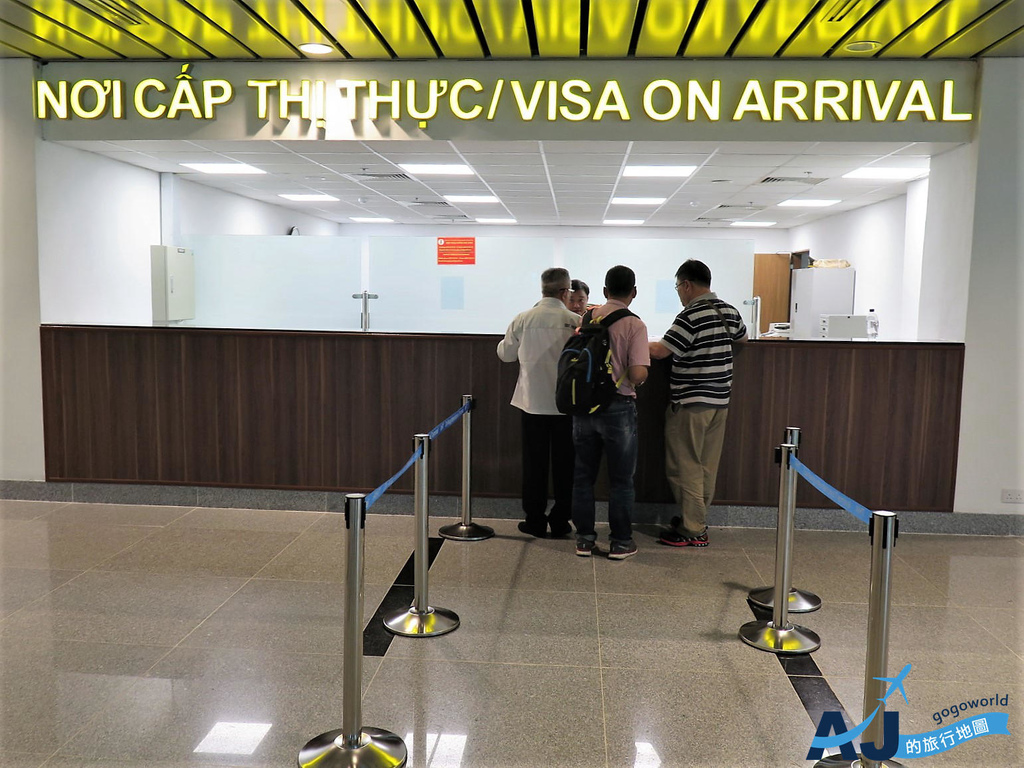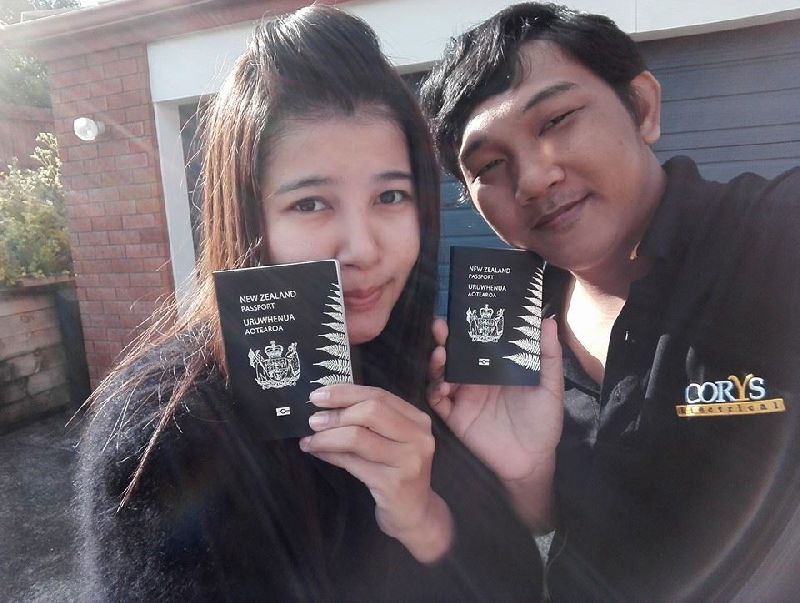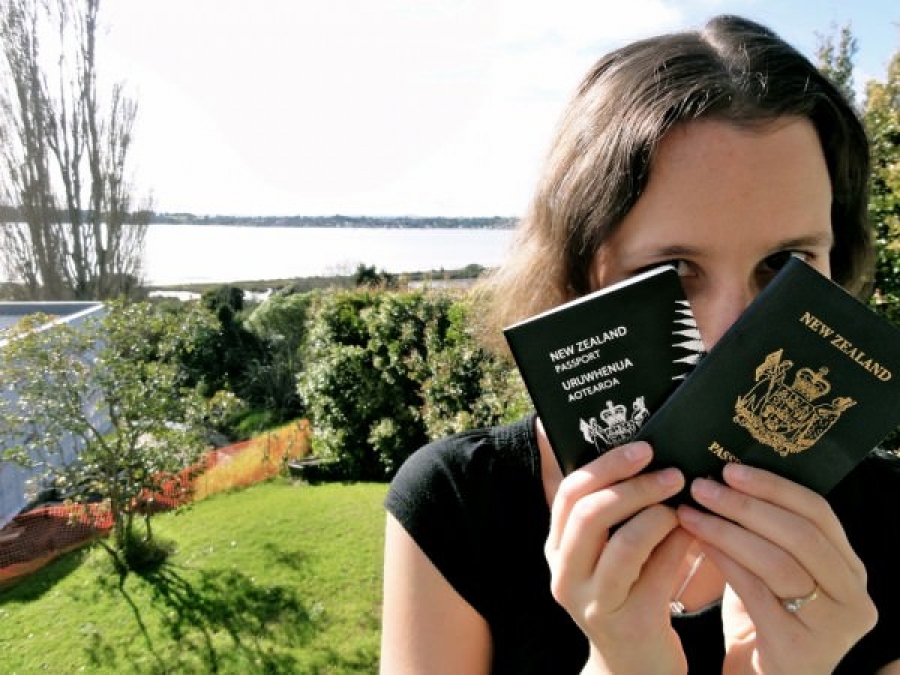
Visa on arrival vietnam from Newzealand is a convenient option for travelers who are planning to explore the vibrant culture, stunning landscapes, and rich history of Vietnam. This guide aims to provide all the necessary information for New Zealand citizens regarding the visa on arrival process, application requirements, and other vital details.
Introduction to Vietnam Visa Policies for New Zealand Citizens

Understanding the visa policies and requirements for Vietnam can be daunting, especially for first-time travelers. It’s essential to grasp the regulations governing entry into Vietnam to avoid any inconvenience upon arrival. Fortunately, with the introduction of the visa on arrival scheme, New Zealanders have easier access to this beautiful country.
Overview of Visa Requirements for Travellers from New Zealand
Travelers from New Zealand must obtain a visa to enter Vietnam, with the exception of certain circumstances like short-term stays for specific purposes. The visa on arrival option allows visitors to apply online and collect their visa upon arrival at designated airports in Vietnam, making it an attractive choice for many.
While planning your trip, make sure to gather information on the types of visas available, the application process, and additional requirements. This knowledge will help streamline your travel experience and ensure that you comply with Vietnamese immigration laws.
Importance of Understanding Visa Options and Procedures
Navigating through the various visa options can significantly impact your travel plans. Familiarizing yourself with different procedures will save time and reduce frustration later on. Not all visas are equal; some may allow for longer stays or multiple entries, while others are more restrictive.
By choosing the visa on arrival route, New Zealand travelers gain flexibility and simplicity in obtaining their visas, which is particularly beneficial for spontaneous trips. Understanding the nuances of this visa type ensures that you choose the best option suited to your travel needs.
Benefits of Choosing Visa on Arrival
The primary advantage of opting for visa on arrival is the convenience it offers. Travelers can complete the application process online, receive an approval letter via email, and collect their visa upon landing in Vietnam without much hassle.
Additionally, this option eliminates the need for visits to embassies or consulates, thereby saving time. Moreover, it allows for quick adjustments to travel plans, as travelers can secure their visas shortly before departure.
What is a Visa on Arrival for Vietnam?

To fully appreciate the benefits of the visa on arrival, it is important to understand what it entails. This section will delve into its definition, eligibility criteria for New Zealand travelers, and the types of visas available upon arrival.
Definition and Basic Concept
A visa on arrival is a type of visa that travelers can apply for online before their trip to Vietnam. Once approved, they receive an official letter that permits them to pick up their visa at specific airports in Vietnam.
This system was established to simplify the visa application process and offers a straightforward alternative to traditional methods. By providing an online platform for applications, it makes traveling to Vietnam more accessible for newcomers.
Eligibility Criteria for New Zealand Travelers
New Zealand citizens are eligible for the visa on arrival provided they meet certain criteria. Firstly, applicants must hold a valid New Zealand passport with at least six months of validity remaining.
Furthermore, the visa on arrival is typically issued for short-term visits such as tourism or business. It is crucial for travelers to have a clear reason for entering Vietnam, as immigration officers may inquire about the purpose of the visit.
Types of Visas Available on Arrival
When applying for a visa on arrival, travelers can choose from several types of visas depending on the length of stay and purpose. The most common types include:
- Tourist Visa: Typically valid for 30 days with a single or multiple entries.
- Business Visa: Available for those traveling for work-related purposes, also usually valid for 30 days.
- Extendable Visa: Offers the possibility of extending your stay beyond the initial grant period.
Each visa type has its unique requirements and processes, so it’s important for travelers to thoroughly research the one that fits their itinerary.
Eligibility and Entry Requirements

Once you decide on the visa on arrival option, there are several eligibility and entry requirements you should be aware of before heading to Vietnam.
Valid Passport Requirements
A valid passport is the cornerstone of international travel. For New Zealand citizens, your passport must not only be valid for the duration of your stay but should also have at least six months’ validity remaining from the date of entry.
Moreover, it’s wise to have several blank pages available for visa stamps and any required documentation during your travels. Failure to meet these requirements could lead to denied boarding or entry at the airport.
Purpose of Visit Allowed Under Visa on Arrival
As mentioned earlier, the visa on arrival primarily caters to tourists and business travelers. When entering Vietnam, applicants should clearly specify the purpose of their visit, ensuring it aligns with the guidelines set forth by Vietnamese authorities.
Whether you’re planning to explore Vietnam’s breathtaking landscapes or attend a business conference, presenting a valid reason for your trip is crucial for a smooth entry process.
Duration of Stay Permitted
The duration of stay permitted under the visa on arrival varies based on the visa type selected. Most tourist visas allow for a 30-day stay, while business visas can sometimes extend this duration.
It’s essential to plan your trip accordingly and keep track of your visa’s expiration date. Overstaying your visa can result in fines or bans from re-entering Vietnam in the future, making it imperative to adhere to the allowed stay period.
Necessary Supporting Documents
In addition to your passport, several supporting documents may be required when applying for the visa on arrival. Commonly needed documents include:
- A filled-out visa application form
- Recent passport-sized photographs
- A copy of your flight itinerary or round-trip ticket
- Proof of accommodation reservations in Vietnam
Gathering these documents in advance will facilitate a smoother application process and increase the chances of a successful visa approval.
Application Process for Visa on Arrival
Understanding the application process for the visa on arrival is crucial for a successful trip to Vietnam. Follow this comprehensive guide to navigate through each step.
Step-by-Step Guide to Applying Online
Applying for a visa on arrival involves several straightforward steps. First, visit a reputable online visa service website where you can submit your application.
Complete the online form with accurate personal information, including your full name, nationality, passport number, and intended dates of travel.
Next, you’ll need to select the type of visa you wish to acquire and pay the associated processing fee. After submitting your application, you should receive a confirmation email acknowledging your request.
Essential Information Required During Application
During the application process, it’s vital to provide accurate information to avoid delays or denials. Be prepared to share:
- Personal identification details (name, date of birth, nationality)
- Passport information (passport number, issue date, expiry date)
- Travel details (arrival date, expected duration of stay, purpose of visit)
Double-check all entries before submission to minimize mistakes and ensure a seamless visa approval process.
Processing Time and Expected Timeline
Typically, the processing time for a visa on arrival ranges from 1 to 3 working days, although it can take longer during peak travel seasons.
Planning ahead and submitting your application in advance will ensure you receive your approval letter on time. The faster you initiate your application, the less stress you’ll experience as your travel date approaches.
Tips for Ensuring Successful Application
To improve your chances of a successful visa application, consider the following tips:
- Ensure all personal details match exactly with those on your passport.
- Use a reliable online visa service known for efficiency and positive customer reviews.
- Keep communication channels open with the visa service to resolve potential queries promptly.
Taking these proactive measures will help eliminate complications and enhance your overall travel experience.
Pre-Arrival Preparations
Before departure, there are several preparations that every traveler should undertake to ensure a smooth arrival in Vietnam.
Confirming Accommodation and Travel Details
Having a confirmed place to stay is crucial when travelling internationally. Book hotels or accommodations in advance, ensuring that you have all relevant reservation details at hand.
Providing proof of accommodation can be essential during immigration clearance upon arrival. Additionally, having your travel itinerary mapped out will help streamline your experiences once you land.
Arranging Payment for Visa Fees
When applying for a visa on arrival, be prepared to pay fees both online and upon arrival. Depending on the visa type selected, the fees may vary.
Keep in mind that visa fees are usually non-refundable, even if your visa application is denied, so it’s wise to confirm your decision to travel to Vietnam before proceeding with payment.
Preparing Photographs and Supporting Documents
Having the necessary photographs and documents ready prior to travel is crucial for a successful visa process. Adhere to specifications outlined by Vietnamese authorities regarding photograph size and quality.
Compiling all supporting documents, including your approval letter and accommodation confirmations, in a dedicated folder can expedite your passage through immigration upon arrival.
Checking for Travel Advisories or Restrictions
Staying informed about travel advisories or restrictions is paramount. These may change due to health crises, security concerns, or political changes. Checking official government sites or reliable news sources can provide updates on any restrictions that may affect your travel plans.
Obtaining the Visa Approval Letter
Receiving the visa approval letter is a significant milestone in your journey towards Vietnam. This section explains how to obtain it and what to expect.
How to Receive and Download the Approval Letter
After submitting your application, you will receive an email confirming your visa request. Once processed, an approval letter will be sent to your email address, typically within the stipulated processing time.
Make sure to check your spam or junk folders if you do not see the email in your inbox. Download and print the approval letter, as it will be required upon arrival in Vietnam.
Important Details Included in the Approval Letter
The approval letter is critical for collecting your visa on arrival. Key details to check include:
- Your full name and passport number
- Dates of validity for the visa
- Visa type and entry points authorized
Verify that all information matches your passport details. Any discrepancies may disrupt your entry into Vietnam, so careful attention to detail is necessary.
Troubleshooting Common Issues with Approval Letters
Occasionally, travelers may encounter issues with their approval letters. Common problems include incorrect names or missing information. In such cases, contact the online visa service promptly for resolution.
Having a backup plan is always wise; store copies of your application and any correspondence with the visa service. This will aid in resolving issues quickly and efficiently.
Arriving in Vietnam and Visa on Arrival Procedure
Upon arriving in Vietnam, you’ll need to follow specific procedures to ensure smooth immigration clearance and collection of your visa.
Designated Ports of Entry for Visa on Arrival
Visa on arrival is applicable only at certain designated airports in Vietnam. Major entry points include:
- Tan Son Nhat International Airport (Ho Chi Minh City)
- Noi Bai International Airport (Hanoi)
- Da Nang International Airport
It’s essential to arrive at one of these locations to utilize the visa on arrival feature.
Immigration Clearance Process at Arrival Points
Upon arrival, follow the signs directing you to the visa on arrival counter. Present your approval letter, passport, and any supporting documents.
Immigration officers will verify your paperwork and process your visa. Be patient, as queues may form during busy periods, and ensure that you keep all documentation easily accessible.
Fees and Payment Methods at Entry
While fees can vary, travelers should prepare to pay the visa stamping fee upon arrival. Accepted methods of payment generally include cash (U.S. dollars) or credit cards, though it’s advisable to carry cash for convenience.
Be sure to confirm the exact fee amount beforehand to avoid any surprises at the immigration counter.
Requirements for Additional Documentation
In addition to your approval letter and passport, you may need to present supporting documentation, such as a return ticket or proof of accommodation.
Having these documents readily available will facilitate a quicker processing time and enhance your experience navigating through immigration.
Costs Associated with Visa on Arrival
Understanding the costs involved in acquiring a visa on arrival is vital for effective budgeting during your trip.
Breakdown of Visa Fees
Visa fees can vary based on the type of visa you are applying for. Generally, the cost may fall within the following ranges:
- Tourist Visa: Approximately $25 – $50
- Business Visa: May range from $50 – $100
Be sure to check the official website or consult your visa service for the most accurate pricing.
Service Charges by Agencies or Facilitators
If using a third-party agency to assist with your visa application, be prepared for service charges on top of the official visa fees. While these agencies provide convenience, their charges may differ considerably.
Always review any service agreements carefully to understand what you are paying for and evaluate whether the assistance is worth the added expense.
Currency and Payment Options Accepted
Upon arrival, payments for visa fees are typically accepted in U.S. dollars, although it’s prudent to check with your chosen entry point for specifics.
Having small denominations available will facilitate smoother transactions, especially if you’re required to pay in cash.
Advantages and Disadvantages of Visa on Arrival
While the visa on arrival is a popular choice among travelers, it is essential to weigh its advantages and disadvantages carefully.
Key Benefits for New Zealand Travelers
One of the most significant benefits is convenience. The option to apply online allows for spontaneity in travel plans, enabling last-minute trips without extensive paperwork.
Additionally, it reduces the need for embassy visits, making the process more straightforward. Finally, the ability to extend the visa is another advantage, allowing for flexibility during your stay in Vietnam.
Potential Limitations or Challenges
While convenient, the visa on arrival does come with some limitations. Travelers may only arrive at designated airports, which could limit travel plans based on flight availability.
Moreover, should any issues arise with the online application, unresolved complications could hinder your travel experience and result in delays or denial of entry.
Comparing Visa on Arrival with E-Visa and Other Options
Compared to e-visas, which allow for pre-arrival approvals and can be used at various entry points, the visa on arrival may appear less flexible.
However, for spontaneous journeys, the ease of collecting a visa upon arrival may outweigh the advantages of securing an e-visa. Each traveler should assess their own priorities and travel circumstances when deciding between these options.
Frequently Asked Questions about Vietnam Visa on Arrival
Many travelers have questions regarding the visa on arrival, and this section addresses some common inquiries.
Can I extend my visa while in Vietnam?
Yes, it is possible to extend your visa while in Vietnam. Extensions can often be arranged through local travel agencies, but it’s essential to initiate the process well before your current visa expires.
Extensions generally require additional fees and documentation, so being proactive and well-informed about your options is key.
What should I do if my visa is denied?
In the event of a visa denial, it’s crucial to contact the visa service you used for guidance. They can assist in determining the reasons for denial and advise you on next steps.
Lodging a new application may be possible, but ensure you clarify the reasons behind the initial denial to rectify any issues in your new application.
Are there any restrictions for travelers from New Zealand?
Currently, travelers from New Zealand face minimal restrictions when applying for a visa on arrival. However, it is always prudent to check for any unforeseen travel advisories or health regulations that may be in effect close to your travel dates.
Conclusion
Securing a visa for Vietnam from New Zealand is simplified through the visa on arrival option, offering convenience and flexibility for travelers. By familiarizing yourself with the application process, eligibility criteria, and necessary preparations, you can ensure a smooth entry into this captivating country. Whether embarking on a leisurely vacation or a business endeavor, understanding the intricacies of Vietnam’s visa policies will enhance your travel experience. With the right preparation, your adventure in Vietnam awaits.

Leave a Reply